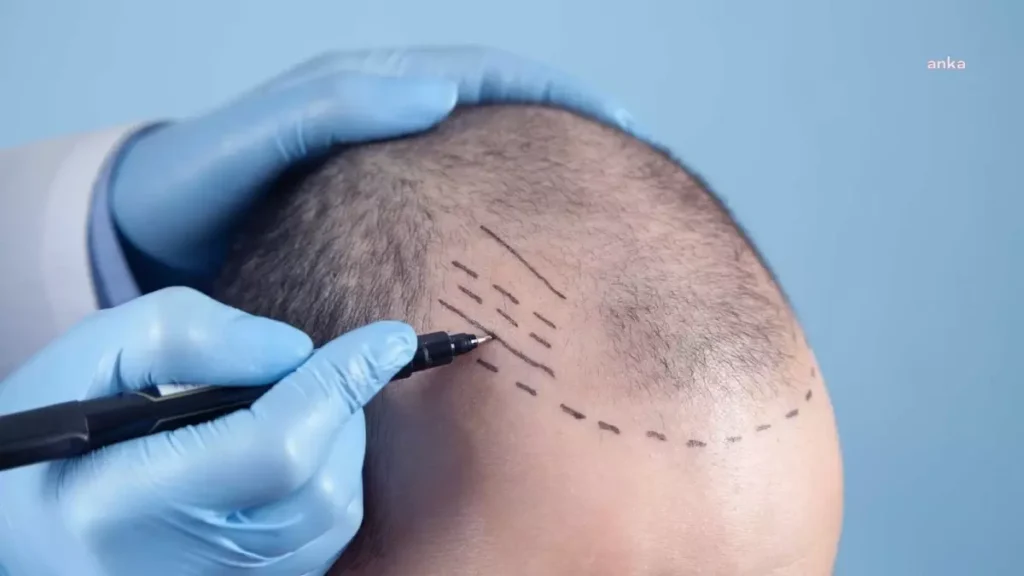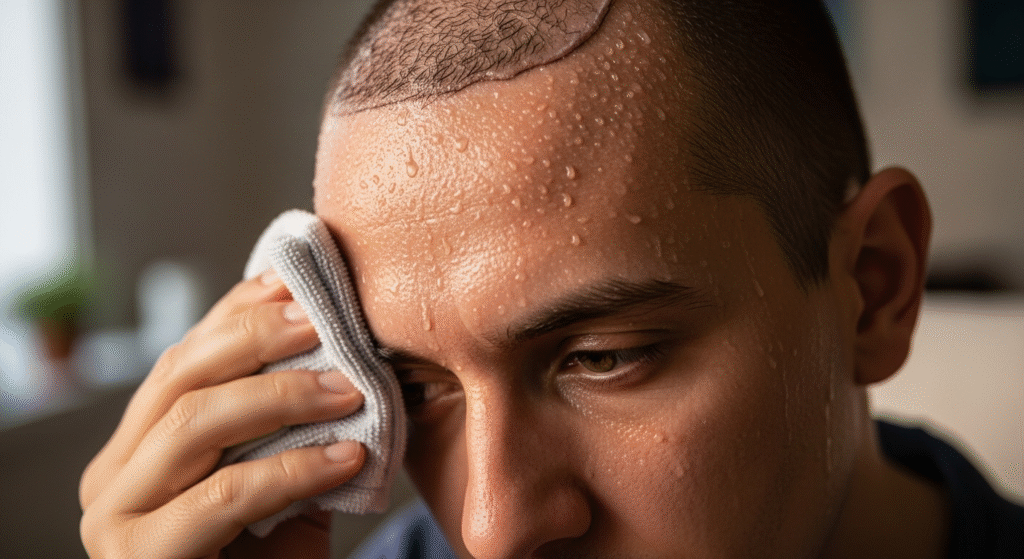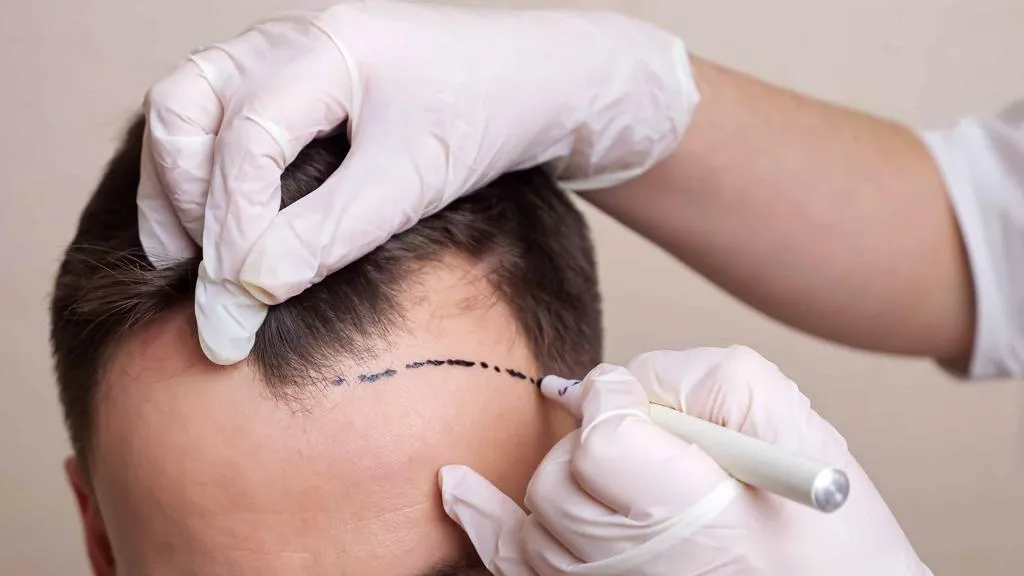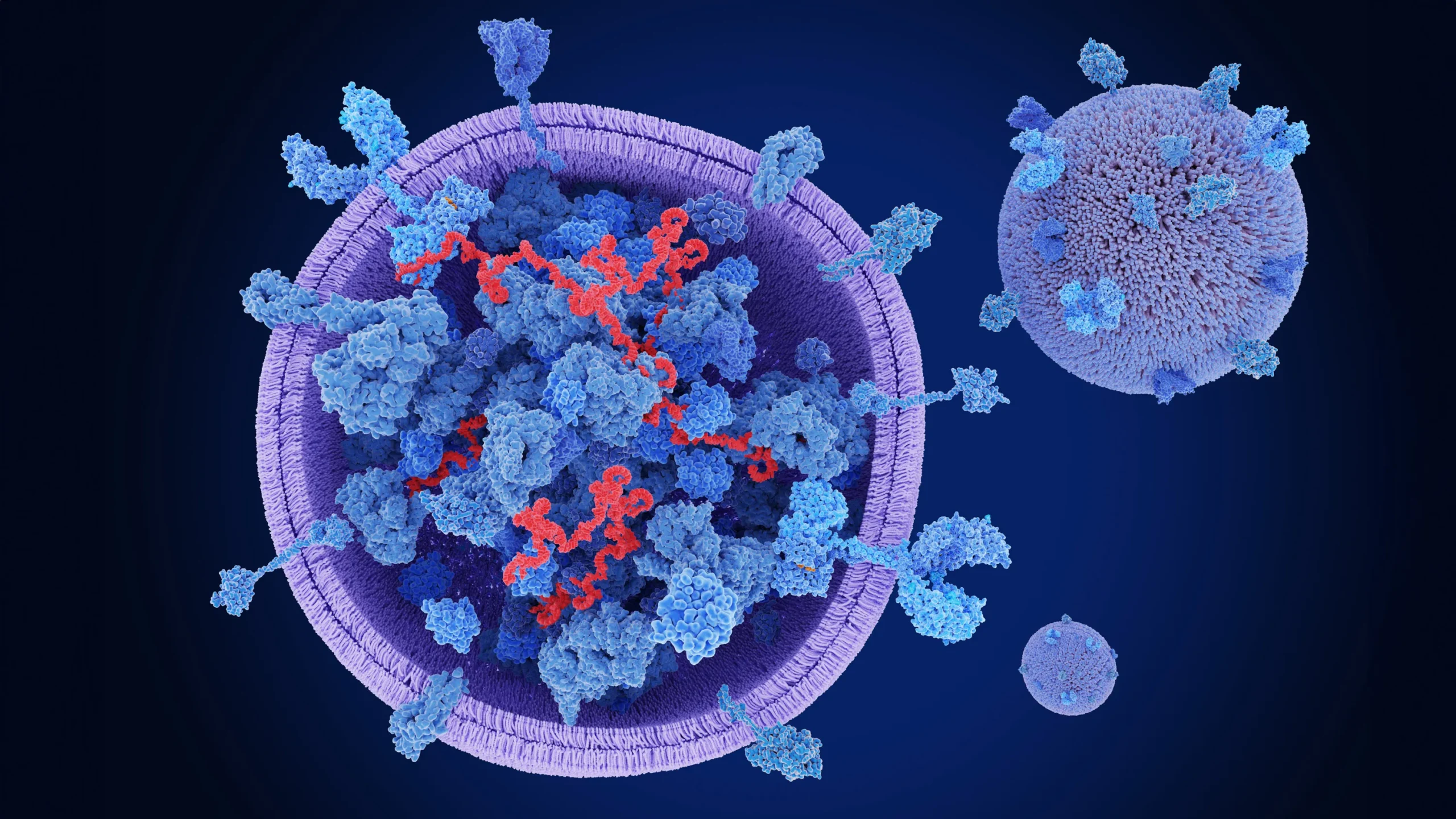Are you tired of dealing with hair loss and wondering what the best hair transplant treatment is? Finding the right solution can significantly improve your appearance and self-confidence. In this article, we’ll guide you through the most effective hair transplant treatments, explain how they work, and share recovery tips for the best results. Whether you're …
Are you tired of dealing with hair loss and wondering what the best hair transplant treatment is? Finding the right solution can significantly improve your appearance and self-confidence.
In this article, we’ll guide you through the most effective hair transplant treatments, explain how they work, and share recovery tips for the best results. Whether you’re new to hair restoration or looking for alternatives, this post will help you make an informed decision.

What is Hair Transplant Treatment?
Hair transplant treatment is a surgical procedure designed to restore hair in areas affected by thinning or baldness. It involves moving healthy hair follicles from a dense area (typically the back of the head) to thinning or bald areas.
Understanding the Basics of Hair Transplantation
Hair transplantation is the most effective long-term solution for hair loss. In the procedure, hair follicles are removed from areas of the scalp with healthy hair and transplanted into areas that are thinning or bald. This process creates a fuller, more natural-looking head of hair.
Who is an Ideal Candidate for Hair Transplant Treatment?
Not everyone is a suitable candidate for a hair transplant. Ideal candidates typically:
- Are experiencing male or female pattern baldness.
- Have sufficient donor hair on their scalp (usually at the back).
- Are in good health and have realistic expectations.
You’ll need to undergo a thorough consultation to assess whether you qualify for hair transplant treatment.
Different Types of Hair Transplant Treatments

There are several types of hair transplant techniques, but the two most popular and effective methods are FUE (Follicular Unit Extraction) and FUT (Follicular Unit Transplantation).
Follicular Unit Extraction (FUE)
FUE is a minimally invasive procedure where individual hair follicles are extracted from the donor area and transplanted to the bald or thinning regions. This method is preferred because it doesn’t require a large incision and leaves minimal scarring. It’s ideal for patients who want to avoid visible scarring and need a more refined result.
- Pros: No large incisions, quicker recovery, minimal scarring.
- Cons: Takes longer than FUT, can be more expensive.
Follicular Unit Transplantation (FUT)
In FUT, a strip of skin is removed from the donor area, and individual hair follicles are extracted from it. The hair follicles are then transplanted to the thinning or bald areas. This method allows for the extraction of a larger number of follicles in a single session, making it ideal for patients who need more extensive coverage.
- Pros: Can transplant more follicles in one session, better for patients with extensive hair loss.
- Cons: Larger incision, scarring along the donor area.
Other Methods of Hair Restoration
In addition to FUE and FUT, other hair restoration methods may be used in conjunction with hair transplants:
- PRP (Platelet-Rich Plasma) therapy: Uses your blood’s growth factors to stimulate hair follicles, often combined with hair transplants for enhanced results.
- Stem cell therapy: A newer method that uses stem cells to promote hair growth and potentially increase the effectiveness of a transplant.
Factors to Consider When Choosing the Best Hair Transplant Treatment
Several factors play a role in determining the best hair transplant treatment for you. Here are key elements to consider:
Technology and Techniques Used in Clinics
The clinic’s technology and techniques are critical for achieving optimal results. Choose a clinic that utilizes the latest methods, such as FUE or FUT, and offers advanced tools for precise follicle extraction and placement.
Cost of Hair Transplant Treatment
Hair transplant costs can vary depending on the technique used, the clinic’s location, and the number of follicles required. On average, FUE treatments may cost more due to their precision, but the investment in quality results is often worth it.
Surgeon’s Experience and Qualifications
The experience and qualifications of the surgeon are paramount. Make sure to choose a clinic with board-certified surgeons who specialize in hair restoration. The surgeon’s experience in performing these surgeries can greatly influence the success of the procedure.
Location and Convenience
If you are considering traveling for a hair transplant, factor in the location and convenience of follow-up appointments. Clinics with a strong reputation and experienced professionals can sometimes justify the cost of travel.
What to Expect During Your Hair Transplant Treatment
Understanding the treatment process helps manage your expectations and prepare for the procedure.
Pre-Treatment Consultation
Before undergoing the procedure, you will have a detailed consultation with the surgeon. During this meeting, they will evaluate your hair loss, discuss your goals, and determine which method is best for you. You’ll also be informed about the entire process, recovery expectations, and post-treatment care.
The Hair Transplant Procedure
On the day of surgery, local anesthesia is applied to numb the donor and recipient areas. Depending on the method, the surgeon will either extract individual follicles (FUE) or a strip of skin (FUT). Once the follicles are ready, they will be carefully transplanted into the thinning or bald areas. The procedure typically takes several hours, depending on the extent of hair loss.
Pain and Discomfort During Treatment
While hair transplants are generally not painful, you may experience slight discomfort during and after the procedure. Surgeons usually offer local anesthesia, so you should not feel any pain. Post-procedure pain is manageable with prescribed medications.
Recovery and Aftercare: Ensuring a Successful Hair Transplant Outcome
Proper recovery is essential to achieve the best results from your hair transplant.
Safe Recovery Timeline and Precautions
Most patients can return to their normal activities within a few days after the procedure. However, full recovery can take up to 6-12 months as the transplanted hair follicles begin to settle and grow. During this time, follow your surgeon’s aftercare instructions carefully to avoid complications.
Why Sweating After a Hair Transplant Can Be Harmful
Sweating can hinder the healing process by causing infections and irritation to the transplanted area. For the first few weeks, it’s essential to avoid activities that cause sweating, such as heavy exercise, sauna visits, and direct exposure to heat.
When Can I Exercise Again?
It’s recommended to refrain from vigorous physical activities for 2-3 weeks following the procedure. Light activities like walking can usually resume within a few days, but avoid heavy lifting or intense cardio until your surgeon clears you.
Expert Recovery Tips
- Keep your head elevated for the first 2-3 days to reduce swelling.
- Avoid touching or scratching the transplanted area.
- Protect your hair from direct sunlight and dust.
- Follow prescribed medication to prevent infection and promote healing.
How to Choose the Best Hair Transplant Clinic
Selecting the right clinic is crucial for achieving the best results.
Reputation and Reviews
A clinic’s reputation is one of the best indicators of its quality. Read patient reviews, check for before-and-after photos, and research the clinic’s track record to make sure it meets your expectations.
Certification and Accreditation
Choose a clinic with certified and experienced surgeons who are members of professional organizations, such as the International Society of Hair Restoration Surgery (ISHRS).
Post-Operative Care and Follow-Up
The best clinics provide comprehensive post-operative care to ensure a smooth recovery and track your progress. Make sure the clinic you choose offers follow-up consultations to monitor healing.
FAQs
How Long Does the Hair Transplant Process Take?
The process typically lasts 4 to 8 hours depending on the size of the transplant. Recovery takes several months, but the initial healing period is around 1-2 weeks.
Are the Results Permanent?
Yes, the results are permanent. Once transplanted, the hair follicles are resistant to the genetic causes of hair loss.
What Are the Risks of Hair Transplant Surgery?
Although rare, risks include infection, scarring, or unnatural hair growth patterns. Choosing an experienced surgeon minimizes these risks.
How Much Does a Hair Transplant Cost?
Costs vary depending on the clinic, the procedure type, and the number of follicles needed. Expect to pay anywhere between $4,000 to $15,000.
Conclusion:
Choosing the best hair transplant treatment involves considering various factors such as the procedure’s technique, the surgeon’s experience, and your personal hair restoration goals. Whether you choose FUE or FUT, the key to successful treatment is selecting a reputable clinic with a proven track record.
Ready To Take Your Next Step
Book a consultation with Dr. Uzma Irfan, an ISHRS-certified surgeon in Islamabad today with one of our experienced hair transplant specialists to learn about your options and take the first step toward a permanent solution for hair loss.






